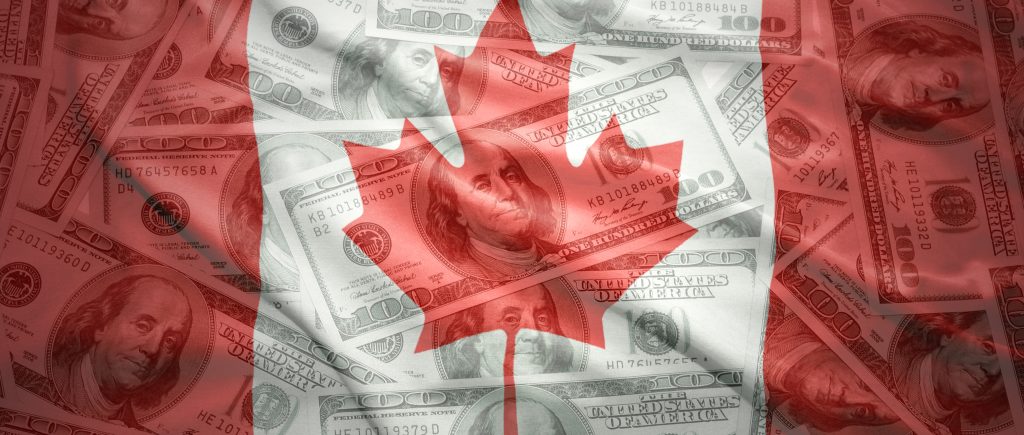The Canadian GDP print came below forecast, further weakening the Canadian currency. US wage growth picks up speed once more, dash hopes for rate cuts. Tuesday saw a weakening of the Canadian currency relative to the US dollar following a risk-off surge in the US market session that followed above-average US wage growth. Ahead of Wednesday’s US Federal Reserve (Fed) next rate call, investors are bracing themselves.
The Gross Domestic Product (GDP) data for Canada showed another slowdown in February, which further hurt the value of the Canadian dollar. A mixed trading day for the Canadian dollar was caused by declines in the Antipodeans, which offered the CAD a lift in Pacific markets.
The MoM GDP of Canada increased by 0.2% in February, falling short of the predicted 0.3% and reverting to January’s revised 0.5% (down from 0.6%). The US Q1 Employment Cost Index increased to 1.2%, exceeding both the 0.9% pay rise from the prior quarter and the 1.0% prediction.
While inflation stays above Fed objectives and efforts to slow price growth have stagnated, rising labour costs continue to be a problem for rate-cutting markets. The Chicago Purchasing Managers Index (PMI) for April decreased to 37.9, which is the lowest reading since November 2022.
A two-year low in total consumer survey responses was reached by the Consumer Board’s Consumer Confidence Index, which fell to 97.0. The US ADP Employment Change for April is expected to decrease slightly from 184K to 179K when it prints on Wednesday.
The Fed will release its most recent rate call and Monetary Policy Statement on Wednesday at 18:00 GMT. Thirty minutes later, Fed Chair Jerome Powell will address the media. Assuming the Fed maintains its current rate of interest, investors will be watching for indications of more decisive language from the Fed regarding potential rate reductions.
Hopes for a September interest rate drop have faded, and rate markets are pricing in a 51.1% chance of no decrease until the November rate meeting.
Technically speaking, the Canadian dollar is mixed on Tuesday, down 0.5 percent versus the US dollar (USD) and roughly 0.3 percent versus the euro (EUR). The CAD increased by about four tenths of a percent versus the Antipodeans due to weakness in the Pacific market.
During Tuesday’s US market session, USD/CAD surged to a new five-day high, testing the 1.3750 zone as it emerged from a zone of heavy supply between 1.3680 and 1.3630.

 Noor Trends News, Technical Analysis, Educational Tools and Recommendations
Noor Trends News, Technical Analysis, Educational Tools and Recommendations




